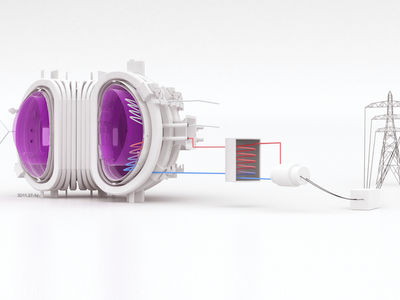The course provides an introduction to the international energy problems and to fusion research. In particular, the following topics are treated:
The energy demand. Different energy sources. Environment and energy. Possible future energy scenarios. The potential of fusion energy.
Brief history of fusion research. The research at KTH and internationally.
The Lawson criterion. The fusion plasma and its quality parameters.
Theoretical plasma models.
Equilibrium. Stability. Transport.
The tokamak today and as a reactor.
Alternative fusion. Inertial confinement.
The components of a reactor.
Safety and environmental problems.
Demonstration of the experimental device Extrap T2R at the Alfvén Lab, KTH.
The main objective of this course is to present and discuss fusion energy in the perspective of future national and global energy scenarios, as well as to provide basic knowledge in fusion physics.
The student should be able to
- give an overview of the national and global energy production within a sustainable perspective
- discuss the need for fusion energy for future production of electricity
- describe the principles for for magnetic confinement, both at particle- and at macroscopic level
- give an account of the most important plasma models
- solve simpler problems within the fusion plasma physics fields of equilibrium, stability and transport
- describe the basic plasma parameters and correspon-ding diagnostic techniques for fusion plasmas
- explain the function of different plasma heating techniques
- describe the components of a fusion reactor, and their functions
- give an account of alternative confinement schemes and the planned route to a reactor
